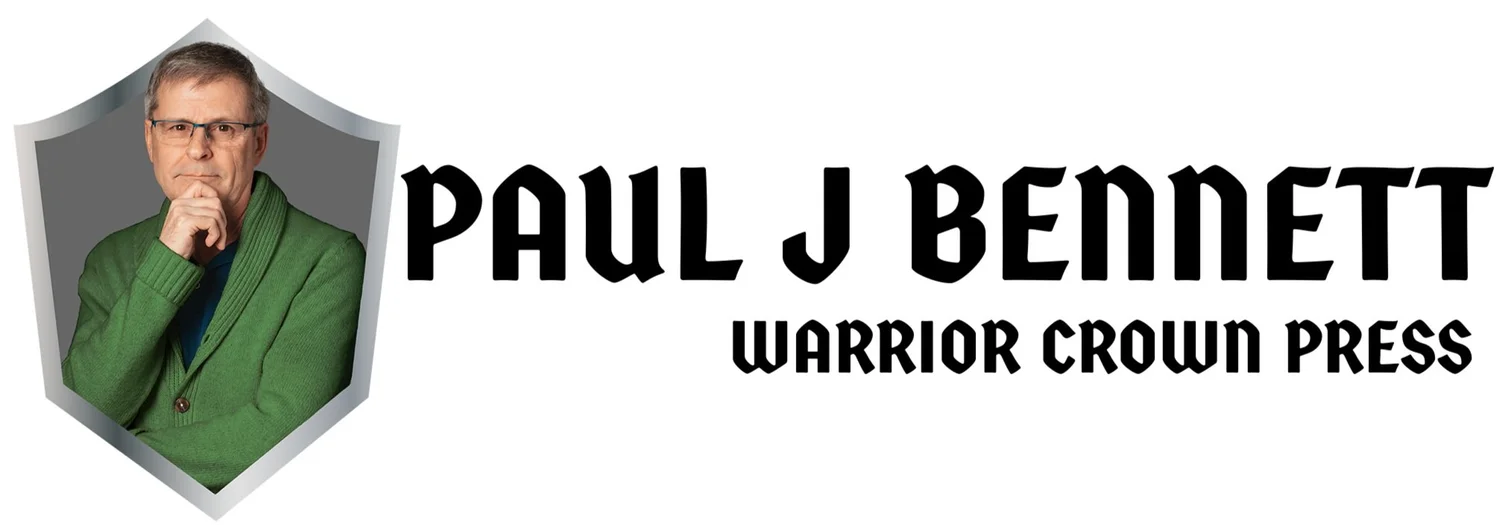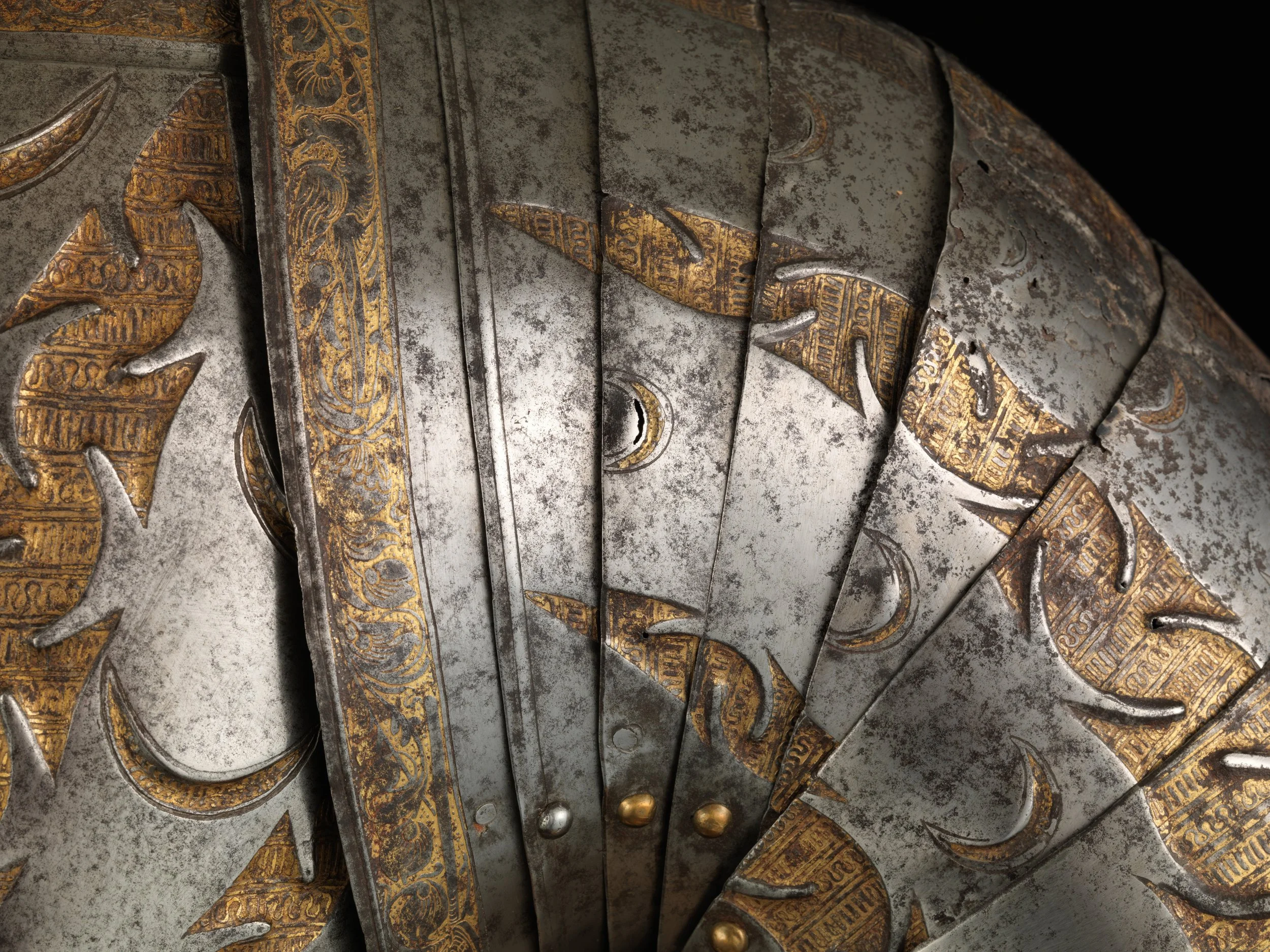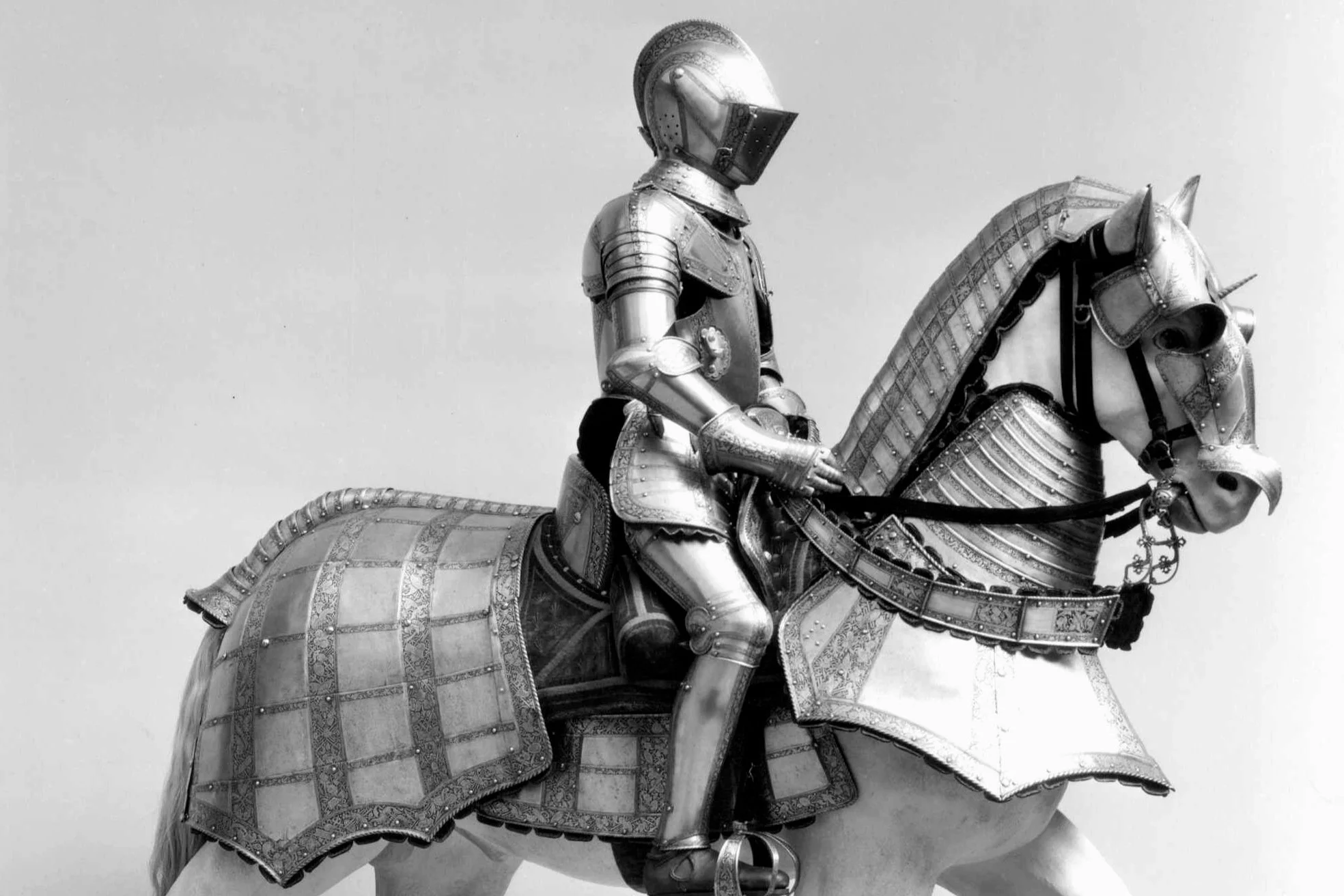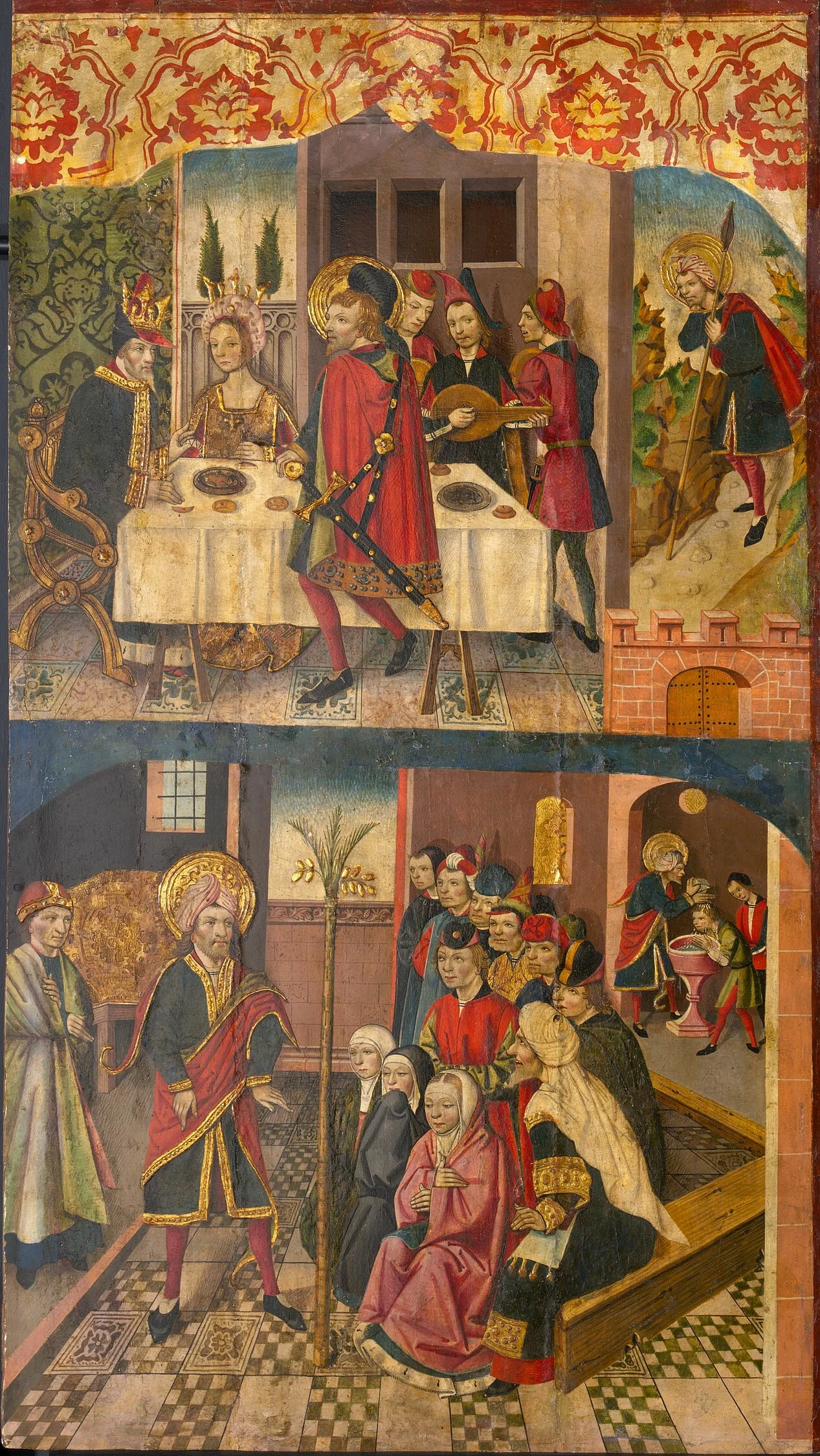Creation Myth
The Gods created the word of Eiddenwerthe, filling it with animals and plants, mountains and seas. Looking down on their creation, the Gods were proud of their accomplishment and watching over many millennia, they noticed creatures from the sea grow legs and learn to use tools. These were the Saurians, the first race.
Beholding the achievements of these creatures, the Gods decided to create their own races, and so it was that Gundar, the God of the Mountains, created the Dwarves and taught them how to mine the rock. Tauril, the Goddess of the Trees, created the Elves and gave them the gift of eternal life, to tend to her trees and protect them. Haldur, the smith, taught both races to fashion steel. But Hraka, God of Fire, created his race, the Orcs, and they stole the secret of steel from the Elves and Dwarves.
A great war ensued, and Saxnor watched, identifying the weaknesses of the Elder Races so he could create Humans to overcome their restrictions. This is how Humans were created.
Gods of the Mercerian World
The Greater Gods (sometimes called the Creator Gods)
Saxnor God of Strength, creator of the Humans
Gundar God of the Earth, creator of the Dwarves
Tauril Goddess of the Woods, creator of the Elves
Haldur God of Smiths and Metalworking
Hraka God of Fire, creator of the Orcs
Malin God of Wisdom
The Lesser Gods
Boondar God of Thunder
Erylor Goddess of Fertility
Typhon God of the Hunt
Akosia Goddess of Water
Pherus God of the Underworld
Founded by mercenaries, the Kingdom of Merceria worships Saxnor, father of all battles and God of Strength, who they believe led them to their new land. Strength, in this case, can be taken to mean physical strength or military strength, but can also be interpreted as strength of character.
As it exists in the time of the Heir to the Crown series, the Church has evolved from prophets to an organized hierarchy. As Merceria was settled and the cities grew, so did their religion. The Church is organized along a quasi-military hierarchy. Holy Brothers/Sisters from the lowest level, working in churches, etc. Above them come the Holy Fathers/Mothers, who perform services, run churches/temples, etc. A Bishop oversees a region, typically only one per large city. An Arch-Bishop or Bishop-Supreme is the highest position in the Church, overseeing all.
Mercerian Religion
Bishop
Supreme
Bishop
Holy Father/Mother
Holy Brother / Sister
Bishop - One each in Wincaster, Shrewsdale, Eastwood, Kingsford & Colbridge (though the colbridge seat has been absent for years)
Bishop Supreme - One in all of Merceria
Holy Father/Mother - Each town with more than 500 people typically has a Holy Father or Mother
Holy Brother/Sister¹ - These are found scattered throughout the kingdom, often assisting a Holy Father/Mother or higher.
¹All religious leaders start at this level. In small villages (under 500), they can be given special dispensation to administer rights and perform ceremonies, including burial, weddings, etc
Religion FAQs
-
Merceria was initially settled by mercenaries, both men and women. As such they have always had their share of women leaders. Though rare, they are not unknown. Women are primarily seen as homemakers, but many become business owners among the middle class. There have been church members over the years that have been women, but few have advanced higher than Holy Mother. In the history of the church two females have risen to be Bishops over the years, though both were dead long before the current stories started. There has never been a female Bishop Supreme.
-
Though advancement in the church is typically by merit, this has often been overlooked by paying a gratuity. These bribes have become a common way to advance in the church hierarchy and bring much-needed funds to the organization. There have been complaints over the years that the leaders of the church have used much of the gained wealth for personal profit. In the 600’s this was carried to extremes, and the crown stepped in to put an end to it. Today the practice continues to a small degree, but the amount profited is kept to a modest amount. If a Holy Member is found to be living in luxury, it is a sure sign of corruption and fear of the crown interceding once again is enough of a threat to keep it under control.
-
The church charges for its services. This typically involves coin, though very often in smaller communities the payment is in goods. Services considered important are marriage, burial and initiation, a rite of passage when a young person is considered old enough to become a warrior. Initiation typically occurs shortly after puberty hits. This event, along with weddings, is typically seen as a time of extravagance and is a mark of prestige. The more opulent the ceremony, the greater the influence in their future, they are, in effect, bribing the Gods to provide for their future. Also, the more money spent, the more important you are seen to be. The same is true of funerals, the more important the figure, the more lavish the funeral. When King Edward buried his wife in 862, the funeral was so lavish as to almost bankrupt the kingdom.
There are some other blessings that can be performed. Blessings are quite common and can involve blessing a cow to produce more milk, blessings for crops etc. It is common for the middle class to pay for a blessing when passing a business to their sons/daughters. Some soldiers go so far as to have their weapons and armour blessed to give them strength in battle. -
“By Saxnor’s beard!” General curse.
“By Saxnor’s balls!.” General curse.
“By the God's own fury.” General curse.
“Saxnor give me strength.” A request for a blessing.
“Die well.” A plea to die with strength or dignity.
Religion of other races and regions
Merceria:
Worship Saxnor, God of Strength. Merceria was founded by Mercenaries fleeing a bad employer. After unsuccessfully attacking Weldwyn, they fled east, founding their cities in what is now Merceria. They were the first Humans to inhabit the land.
Westland (Weldwyn)
Worship Malin, the God of Wisdom, who warned Haldur not to arm the Elves and Dwarves. This religion was heavily influenced by the founder of Westland, King Alric. He unified the cities to form the kingdom and fought a titanic battle where his lifelong friend, the mage Weldwyn, was slain. He remembered the wisdom of his friend and ordained that wisdom must prevail to unite the kingdom and keep the peace.
Weldwyn is older than Merceria, but only by some two hundred years. The kingdom has been relatively peaceful, internally, since it’s founding. No plots have ever overthrown the crown, though some have been attempted. They have, however, had problems with their borders, but that is another story.
Dwarves
Worship two Gods. A large number will worship their father, Gundar, who, it is said, created them. More recently, however, groups are turning to Haldur, the God of smiths and metalworking.
Elves
Worship Tauril, the Earth Mother, sometimes referred to as the Goddess of the Trees. Their customs and ceremonies are never discussed with outsiders though it is common, in cities, for elves to have a small statue or carving dedicated to the earth mother. It is always made of wood.
Orcs
The Orcs worship Hraka, God of Fire. He gave them the gift of fire and when the Elves and Dwarves stole it from them, igniting wars which lasted for generations. In this region, the Orcs once had a civilization with cities. These cities were sacked by the Elves, driving the Orcs into the hills.
Today the Orcs have degenerated culturally but still worship Hraka. They have a very strong religion, and their shamans are all capable of using magic, primarily of the healing type. Some few have transcended the mortal realm and can walk with the Gods (spirit walk).
Saurians
Little is known of this ancient race. They died out long before the ascension of man. Their religious beliefs are unknown, though they are said to be the first race and the first to build temples.
Organization
Military
Merceria was founded over 900 years before the story takes place. They have a long history of fighting and warfare. Over the course of that time, they adopted a loose military organization that has been emulated by its neighbours.
The most common grouping of troops is called a company. This could be a company of horse or foot and, in later years, it became common to name the companies, such as the Wincaster Heavy Foot. A company is, at least on paper, 50 men, but the actual numbers varied considerably.
The commander of a company was given the title of captain, and he was usually assisted by a sergeant, though if the numbers warranted it, there might be two sergeants. In the prologue to Servant of the Crown, Gerald Matheson is a sergeant. His company is commanded by Lord Walters, a minor noble. (Minor nobles come from titled families but have no title of their own, save for being called Lord).
An army was considered to be any grouping of companies . Anyone who commanded more than one company was simply referred to as a commander. The exception was when the Royal Army marched. This would be commanded by the king, or, in his absence, the marshal-general.
The rank of marshal-general evolved over several centuries. Originally there was a Marshal of Horse, Marshal of Bow and Marshal of Foot. The marshal was so named because they had the authority to marshal or assemble the appropriate troops. The individual titles were combined in the 700’s to become the marshal-general, in charge of commanding all troops.
Should the marshal-general be required to command an army in the field, the title Field Marshal-General is applied. At the beginning of Servant to the Crown, the marshal-general of Merceria Roland Valmar, formerly captain of the King's Bodyguard.
Sergeant-at-Arms is an older position that was not in common use. It denotes a non-noble soldier who is given control over a lord's forces. When Baron Richard Fitzwilliam makes Gerald Matheson his Sergeant-at-Arms, he is giving him permission to act on his behalf. In Mercerian society, this type of appointment was rare and shows the level of trust that the baron bestowed on his sergeant.
Light Foot
As the Mercerians referred to them, are unarmoured and carry spears and, sometimes, shields. They are principally used for guarding the camp and carrying out messenger duties. Well trained militia could also fall into this category.
Light Horse
These horse riding soldiers were lightly armed and unarmoured. They carry out scouting and message delivery and often form guard duty like their light foot counterparts. These troops are rarely employed in any numbers, though most armies might boast one company.
Troop Types
Medium Foot
Typically armed with sword and shield and have light armour, principally leather or possibly some chainmail shirts. This was the bulk of the army for many years. These troops, not slowed down by heavier armour, can march longer distances and are considered more versatile.
Medium Horse
These troops were outfitted in armour much like the medium footmen. They form the bulk of the cavalry of Merceria. The horses they ride are, on average, smaller than the great mounts used by the heavies. The neighbouring realms of Norland and Westland (as Merceria called them) rely on soldiers of this type to form the core of their armies. Westland heavies, despite their name, would fall into this category.
Heavy Foot
These troops are armoured, head to foot in chainmail, sometimes with greaves or bracers. They typically are more experienced troops but, due to their encumbering armour, were slower to march.
Heavy Horse
At this time are the knights. Mounted on large horses known as Mercerian Chargers, the knights of Merceria are unique. Other kingdoms lack horses big enough to carry the heavy armour that these troops enjoyed. It is believed, by Mercerians, that the Mercerian Heavy Horse is the epitome of military accomplishment.
Weapons & Armour
The relative rarity of quality steel in Merceria held back the development of amour for some time. Early armour consisted of iron rings sewn onto a leather backing of leather, often referred to as ringmail. Eventually, as the iron mines of Redridge starting producing more iron ore, chainmail was used, though it required greater effort to produce. For centuries chainmail was the best armour that could be forged, but ringmail was still used for light cavalry. This changed when Mercerian smiths began producing solid metal plates to wear over top of their mail. It started with leggings and arm braces and eventually led to breastplates.
The main weapons used by the Mercerian army are varied. Most commonly in use is the Mercerian Longsword, so named because it was longer than the traditional shorter blades used in ancient times. This weapon has a blade which varies in length up to about three feet and is used one handed. The Mercerian version has a wider blade than its Westland counterpart; this may have been to compensate for the poor quality of steel that was being produced in Merceria. Axes, warhammers and other weapons such as maces also see use, but the sword is considered the mark of prowess.
Knights will often have their swords decorated with expensive decorations. Even a footsoldier will tend to use a sword since Merceria has such a martial history, but a foot soldier's sword would be unadorned and plainer. Swords are not the exclusive right of the nobility.
Foot soldiers will often use spears; these can range in size from about 5 feet up to 6 feet or so. They are typically used for hastily organized militia or light troops but can also be used by more professional soldiers. It is a fairly standard practice to arm the second rank of a shield wall with spearmen so that they could reach over the shield wall to attack.
Knights & Female Warriors
Mercerian knights are, historically, nothing more than heavy cavalry. The cost of maintaining the large horses and expensive armour evolved them into an elite class. By the time of Servant of the Crown, it is exclusively the noble families can afford the cost.
Only a member of the royal family can bestow knighthood to a worthy recipient and rarely is it anyone other than the king. This is usually just a process of a noble family suggesting such a thing and bearing the cost to equip him. The king would typically knight them, though in many cases a gratuity was given to the king to say thank you. There are exceptions; a soldier can be knighted for heroism, in which case they would need a sponsor to pay for their armour and mount.
All knights, in theory, swear fealty to the king but the King, burdened by the expense sends them to other nobles for quartering, incidentally making their host pay for their upkeep. It was this arrangement that led to a steady stream of knights travelling to Bodden. This worked well for Baron Fitzwilliam since he didn’t have to equip them, just feed and board them.
Knights are typically ill-disciplined. Though very tough fighters individually, they do not take orders well or efficiently operate as a group. This can change with experience, and at the time of Servant of the Crown, the knights at Bodden are some of the best knights in the Kingdom.
Female warriors are not unknown in Merceria, but they rarely hold any position of influence. Although Beverly Fitzwilliam is singled out, there are other female knights. When Lady Beverly is knighted there is surprise, but not shock. It is not unheard of, just rare, but Lady Beverly’s is another story. That tale is told in Sword of the Crown.
Nobility in Merceria
The noble ranks of Mercia evolved to best deal with the dangers of the land they settled. Originally, the Mercenaries that founded Mercenaria, as it was then called, used military ranks. Over time, these ranks adopted civilian titles that they had encountered in their travels. Military ranks were retained for military forces, but that information can be found elsewhere.
Royal Family
Dukes & Earls
Viscounts,
Barons &
Baronets
Knights
The Royal Family
At the top of the chain is the Royal Family. Though technically above the nobility, the royals are included here for completeness. The king is the highest-ranking member of the family, though at least twice in Mercerian history there has been a sole queen. Being a male-dominated culture, only male heirs can inherit titles, including the crown, but if a male heir were unavailable, a daughter could take the crown, though as soon as she married, her husband would become king.
After the king, next in line is his eldest son, the Crown Prince, who traditionally holds the title of Duke of Wincaster. A second son, should he exist, was often given a lesser title. At the time of King Andred IV, his second son, Prince Alfred, is Viscount Halsham.
The queen, when not a sole ruler, has no official power but can have immense influence. In some reigns, the queen was seen as a conduit to the king, a significant contact. In the rule of King Andred IV, the queen had been all but banished from court when the king took up with a royal mistress. Though the king's mistress has no official position, she is seen as a substantial influence on the ruler.
Princesses, although they hold a title, are seen as opportunities to marry into the Royal Family. As such, they are primarily treated as bargaining chips. Some kings were more concerned for their daughters’ futures, but many used them to cement political alliances.
Royal Family - King, Queen, Crowned Prince, Princes & Princesses
Dukes & Earls - One each in Wincaster, Shrewsdale, Eastwood, Kingsford & Colbridge (though the colbridge seat has been absent for years)
Barons, Baronets & Viscounts - Each town with more than 500 people typically has a Holy Father or Mother
Knights - These are found scattered throughout the kingdom, often assisting a Holy Father/Mother or higher.
Dukes & Earls
The kingdom is divided into six regions; each ruled over by a duke or earl. There are three dukes in Merceria, along with three earls. When Merceria was founded, it was decided that the most powerful among them would be ranked as dukes, (a rank not present in Westland or Norland). This was decided based on the size of the cities they commanded. Traditionally only the rulers of Wincaster, Colbridge and Kingsford are considered dukes, while the smaller cities of Shrewesdale, Tewsbury and Eastwood are considered earls.
Though dukes were considered superior to earls, the reality is that they were essentially the same. In the reign of King Andred IV, the influence of the dukes has been reduced, and the Earl of Shrewesdale has become one of the kings closest advisors, despite the presence of the dukes.
Viscount, Barons & Baronets
Just below earls are viscounts, of which there are only two in Merceria. Viscount Haverston was a title created for the king’s second son back in 780. The title is typically only bestowed on one of the royal line, usually the second in line to the crown. Viscounts are ranked above a baron. The other viscount, Stilldale, is a hereditary title. In 650, at the Battle of the Ford, Commander Thorgald Chesterton saved the day by arriving at a key moment in the battle. Chesterton was the brother of a baron, and a pleased king awarded him and his heirs the title in perpetuity. Viscounts are directly under the vassalage of the king.
Baron’s are below dukes and earls and technically fall under their command. By the time of Servant of the Crown, the barons are taking their commands directly from the king, though their taxes, etc., are collected by the senior noble they serve. Baronies were originally set up in remote locations to act on behalf of their dukes, but the realities of the day were that they were essentially independent vassals.
The influence of barons can vary considerably. Baron Fitzwilliam of Bodden is reckoned by most to be the best military commander due to his position near the border and the constant raiding by Norlanders. He is also considered an eccentric by most knights who served him, for his strange ideas.
Beneath the barons, though still reporting to a duke or earl, are the baronets. These have land equivalent to a baron, but the title is not hereditary. The title was often awarded to knights who had distinguished themselves. There are, at the time of the first book, four baronetcies. Most of these pay a stipend to the baronet and do not require their presence at all. Uxley is considered a baronetcy. Though it is owned by the crown, a portion of the taxes are given to the baronet, who lives in Wincaster. The baronet of Uxley has never visited the village, having spent his entire life in the capital. He was awarded the title in return for his long service managing the affairs of the crown, a rare example of a commoner being rewarded for a lifetime of service.
Knights
Knights are, technically, a fighting rank. Due to the huge expense of maintaining the large horses and armour of a knight, only the richest families can afford to sponsor one. Any member of the royal family can elevate someone to the rank of knight, though it was seldom anyone other than the king who did so.
Sons of rich families are often ‘sponsored’, and it has become common to knight them after a gratuity has been paid to the crown. There are, of course, exceptions. Someone who distinguished themselves on the battlefield can be granted the rank. Knights are expected to equip themselves, usually with help from a sponsor. The crown usually assumes the maintenance cost of knights, this involved food and board etc.
Knights can be sent to a lower noble, such as a baron, then the noble would have to bear the cost. Bodden, being on the frontier, is rare in that it is a barony that has many knights, due to its strategic location. This expense is a constant drain on the Barons of Bodden.
Female Knights
Female knights are rare, but not unheard of. When Beverly Fitzwilliam was knighted by the king, she joined a very select group. Most female knights do not prosper, and many gave up their devotion to resume to a civilian life, a right that was allowed under the law of the land.
By the 950’s the power of the nobles has been reduced as the king consolidated his power. As the series begins, the king is at the height of his power, having removed or defeated any who stood against him.
The Magic Disciplines
Magic has existed since the dawn of time. The Elder Races were known to have practiced the craft, and ancient texts have been found indicating that even among Humans, magic has been around for thousands of years. The classification of magic falls into disciplines (The Elves call them schools, a name adopted by most non-magic users.)
The first magic to be discovered was the elemental schools; Earth, Air, Fire and Water. These were used to significant effect by the Elder Races, and it is believed that Humans learned magic from them. The Elemental Schools deal with the manipulation of each element, though over the years their knowledge has increased and the boundaries have blurred. It is not uncommon, for example, for an Air Mage to be able to conjure birds and the like, something typically associated with an Earth Mage.
Humans have always been an inquisitive race, and their advances in the magical arts led to the categorization of new schools of magic: Life, Death, Enchantment and Hexes. Life Magic deals with matters of healing and spirituality, whereas Death Magic is the reverse and is often called Necromancy, the study of which is forbidden in most lands.
Enchantments are a subset of spells that enhance or grant bonuses, increased strength, more accurate arrows etc. Hexes are the reverse and are cast at one's enemies. Life and Death Magic are opposites, and an individual cannot learn both. The same holds true for Enchantments and Hexes. The reasons for this are unknown, but the speculation is that they cancel each other out.
Universal spells were discovered about 500 years ago by the most powerful mages of the time. Universal spells can be learned by any school, though each school will have its own, minor, variation. A Water Mage, for example, can enchant an arrow or sword to do extra damage, in this case from ice. A Fire Mage can cast the same spell but will produce a flaming arrow or sword. The incantation is the same, but different energies power the effects.
The most common way of learning magic is by an apprentice system. The first task of an apprentice is to learn what is referred to as the magical alphabet, a series of runes that represent the primal forces of magic. These runes form the basis of all spells, and each rune has a set of movements (both physical and mental) that represent it.
In correct combinations, they produce the effects of spells. In incorrect combinations, they are usually harmless, but occasionally there can be unexpected results. This has resulted in the accidental discovery of new spells over the years.
The energy held within a body is a finite amount and is depleted with use. If this pool of energy is used up, magic can still be used, but the body will deteriorate. Luckily the energy can be restored with rest. Magebane, a herb, can be used to prevent the body from regenerating its magical energy. Brewed into a tea, this substance also keeps the mage in a slightly sleepy state, preventing them from concentrating.
Learning Magic
So where does the power from magic come from?
So where does the power for magic come from? It is agreed that every being contains a form of energy but only a few can harness it. This force is referred to as ‘Magical Energy, Energy for short, and an individual that can use magic has learned to manipulate it. Energy is a raw force; it takes the power of the mind and body to focus and use it. Not everyone can become a mage; it takes the ability to harness their energy and years of training with a disciplined mind.
In all the years of magic, no one has found a foolproof way of finding those that can use magic. Many apprentices train for years and are unable to cast the simplest of spells. As a result of this, the number of mages in Merceria has dwindled over the years. By the ninth century, there are very few mages in the land and only one in the service of the king.
Addressing a Mage
In Merceria, the term mage is used. Andronicus was the Royal Life Mage of King Andred. Outside of Merceria, the term changes. Dwarves prefer the term wizard, but Elves are more precise. An Elf would refer to a Fire Mage as a pyromancer, or an Air Mage as an aeromancer. Orcs label all spell casters as shaman’s, regardless of their speciality, though there is evidence that in years past, at the height of their empire, they had terms similar to the Elves.
In the culture of the Orcs, the term shaman or shamaness are used to denote users of magic. A Fire Mage is called master of flame.
In Westland, the term arcanus is used as an honorific, thus a mage such as Revi Bloom, when visiting Westland, would be referred to as Arcanus Bloom. The title Master Arcanus is reserved for those of high skill and experience.
In some Human lands, it is normal for a mage to adopt a ‘mage name’ upon completion of their apprenticeship. Names tend to be grandiose and typically multi-syllabled. Thus you find “Arcanus Tyrel Caracticus”, not “Arcanus Bob”.































